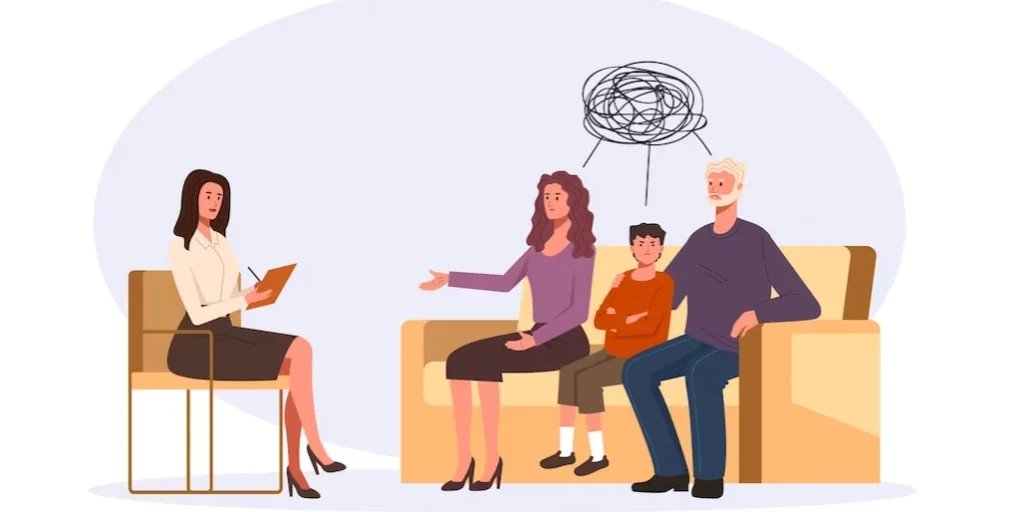24/7 Helpline:
(866) 899-221924/7 Helpline:
(866) 899-2219
Learn more about Ecstasy Rehab centers in Flushing
Ecstasy Rehab in Other Cities

Other Insurance Options

Lucent

Regence

Oxford

Horizon Healthcare Service

Health Net

Optum

Self-pay options

ComPsych

Optima

Anthem

Cigna

BHS | Behavioral Health Systems

Meritain

Covered California

American Behavioral
Beacon

Molina Healthcare

Absolute Total Care

Choice Care Network

United Health Care


Baywood
Baywood is a private rehab located in Flushing, New York. Baywood specializes in the treatment of al...


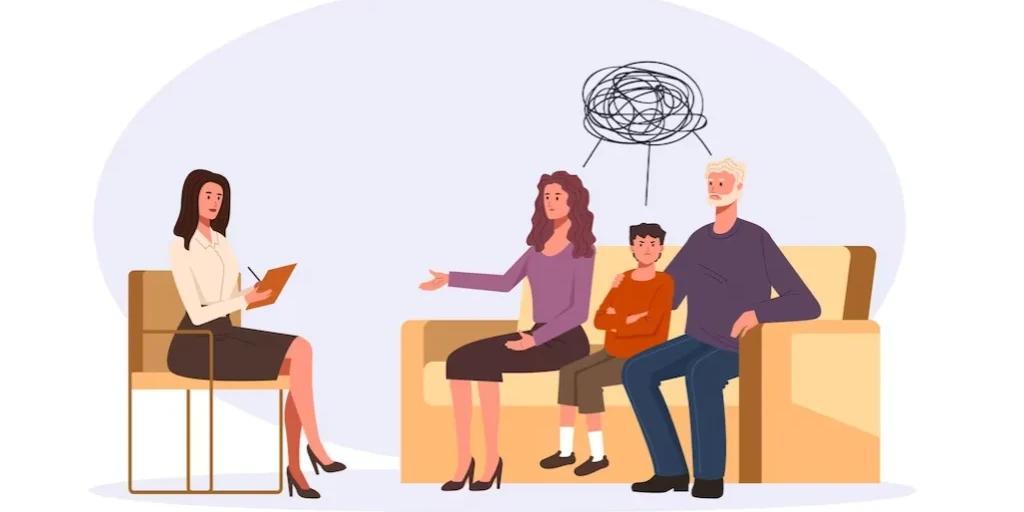


DOT Caring Center
DOT Caring Center is a private rehab located in Flint, Michigan. DOT Caring Center specializes in th...

Hurley Mental Health Services
Hurley Mental Health Services is a private rehab located in Flint, Michigan. Hurley Mental Health Se...

Oakland Psychological Clinic
Oakland Psychological Clinic is a private rehab located in Grand Blanc, Michigan. Oakland Psychologi...

Sacred Heart Rehabilitation Center
Sacred Heart Rehabilitation Center is a not-for-profit behavioral healthcare organization with a leg...

Recovery Unlimited Treatment Center
Recovery Unlimited Treatment Center is a private rehab located in Flint, Michigan. Recovery Unlimite...

DOT Caring Centers
DOT Caring Centers is a private rehab located in Flint, Michigan. DOT Caring Centers specializes in ...

Above the Water House
Above the Water House is a private rehab located in Flint, Michigan. Above the Water House specializ...

Genesee Mental Health
Genesee Mental Health is a public rehab located in Flint, Michigan. Genesee Mental Health specialize...

Easterseals Michigan
Easterseals Michigan offers outpatient services for families and children who have a Mental Health d...
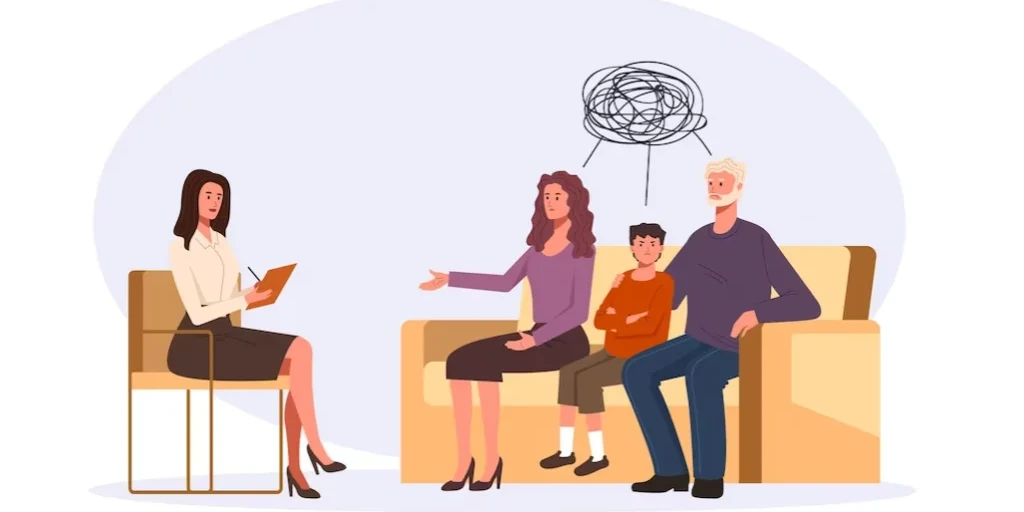
Odyssey Village
Flint Odyssey House is a drug-free comprehensive recovery community that serves as a microcosm of so...

Holy Cross Counseling – Grand Traverse Street
Holy Cross Counseling - Grand Traverse Street provides a comprehensive substance abuse treatment pro...

New Paths
New Paths Inc (NPI) is a comprehensive drug and alcohol rehabilitation facility in Flint, Michigan. ...

McLaren Flint – Behavioral Health
McLaren Flint – Behavioral Health is a private rehab located in Flint, Michigan. McLaren Flint – Beh...
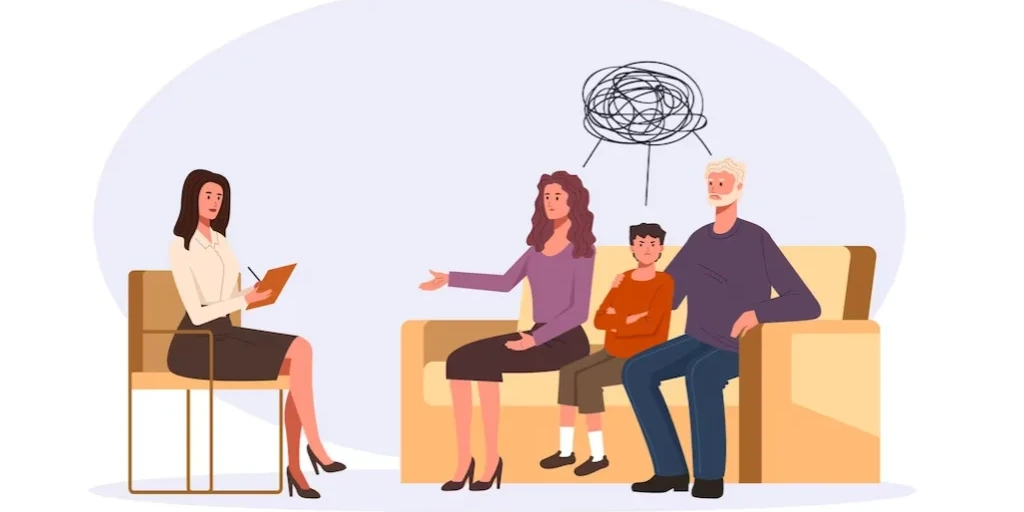
Oakland Psychological Clinic
Oakland Psychological Clinic is a private rehab located in Flint, Michigan. Oakland Psychological Cl...

Ennis Counseling Center for Children
Ennis Counseling Center for Children is a private rehab located in Flint, Michigan. Ennis Counseling...

New Passages Psychological Services
New Passages Psychological Services is a private rehab located in Flint, Michigan. New Passages Psyc...

VA Ann Arbor Healthcare System – Flint Community Based Outpatient Clinic
VA Ann Arbor Healthcare System - Flint Community Based Outpatient Clinic is an outpatient clinic loc...

Genesys Hillside Center for Behavioral Services
Genesys Hillside Center for Behavioral Services is a private rehab located in Grand Blanc, Michigan....

Delta Family Clinic South
Delta Family Clinic South is a private rehab located in Flint, Michigan. Delta Family Clinic South s...

Hope Network Behavioral Health – Eldon Baker Campus
Hope Network Behavioral Health – Eldon Baker Campus is a private rehab located in Flint, Michigan. H...




















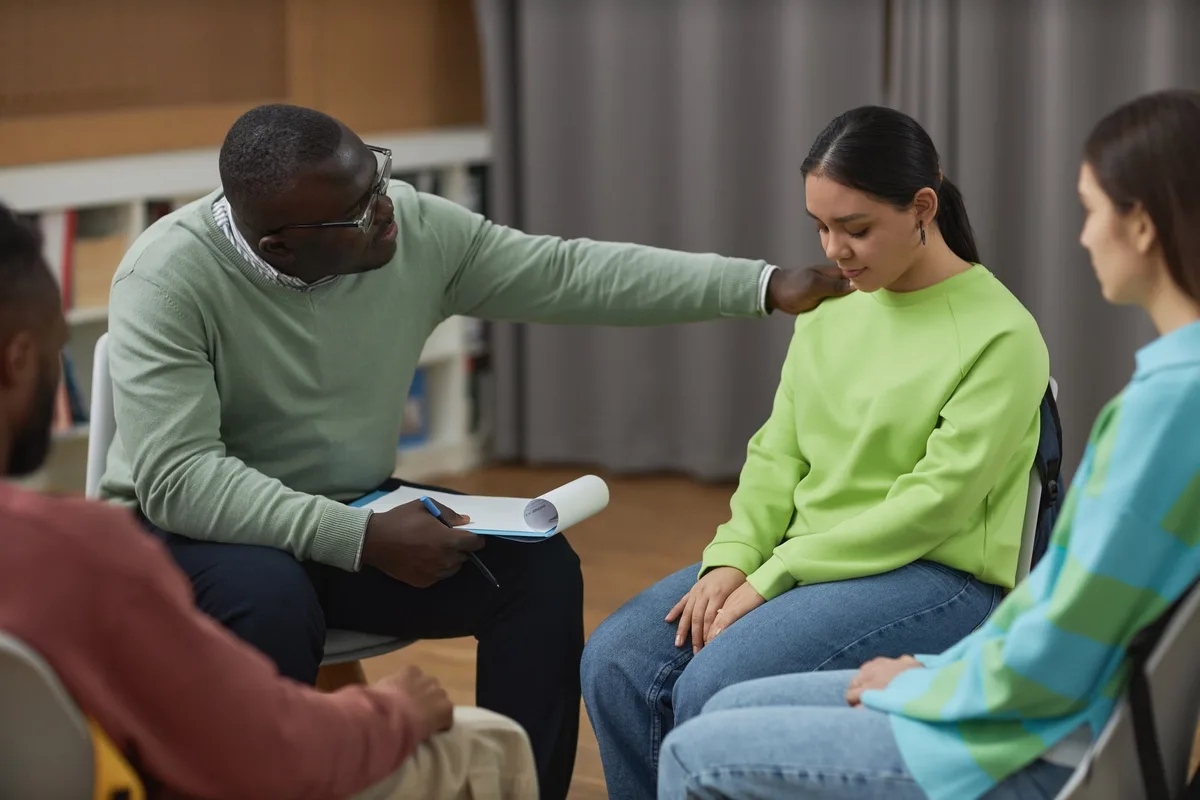

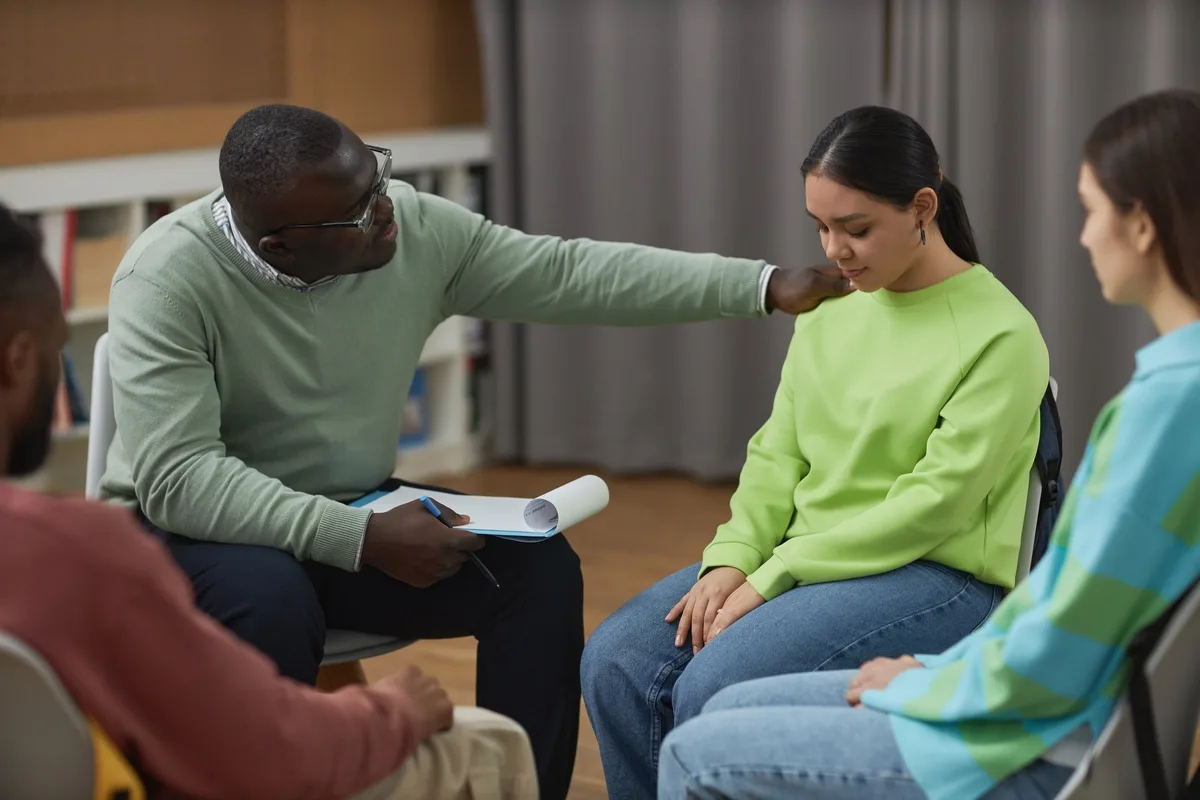




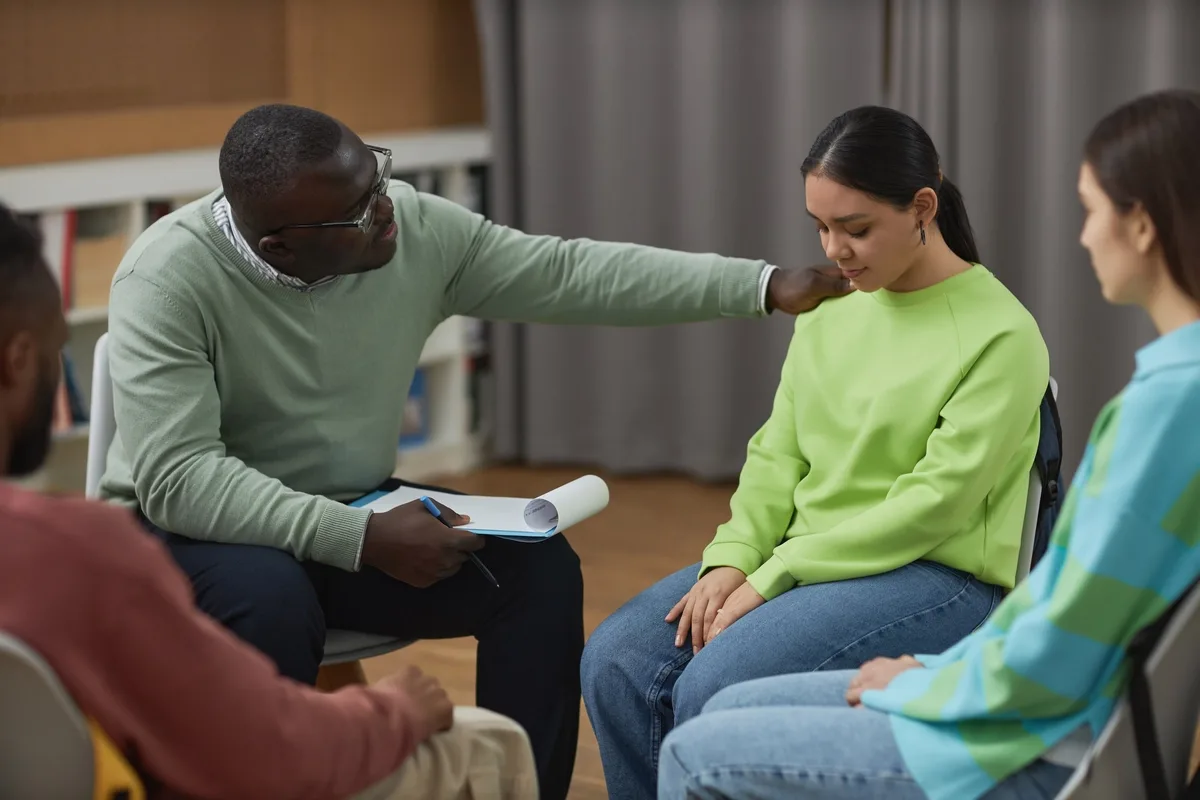











































































































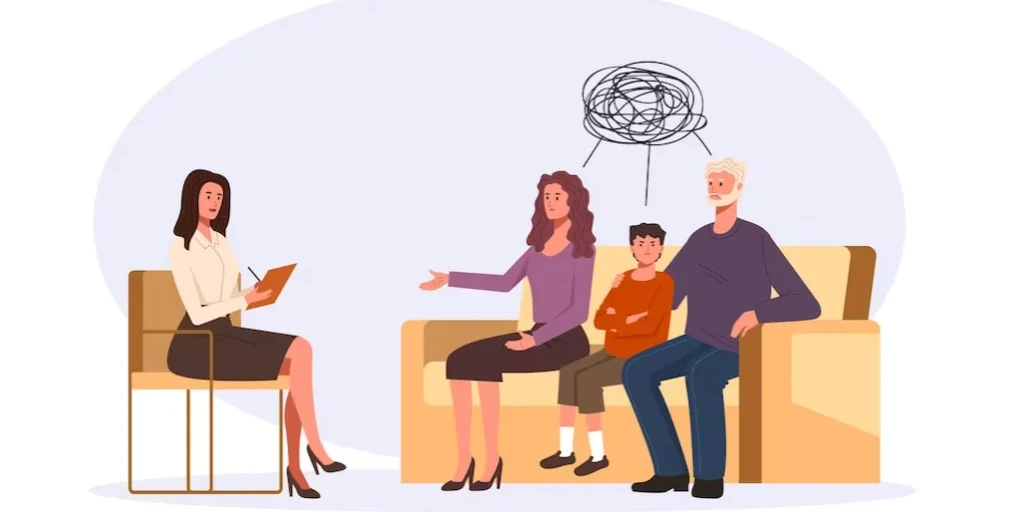




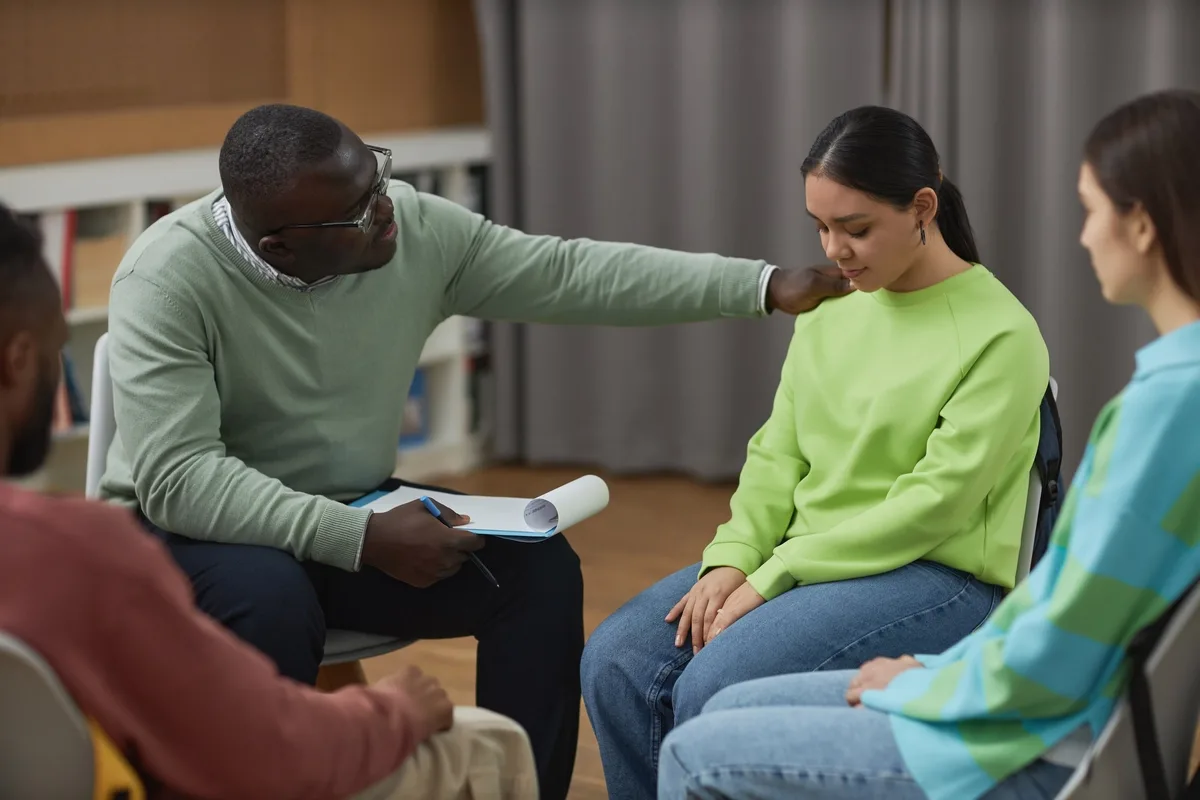










Cocaine Anonymous – CA
Cocaine Anonymous – CA is a non-profit rehab located in Flint, Michigan. Cocaine Anonymous – CA spec...

Transition House
Transition House is a private rehab located in Flint, Michigan. Transition House specializes in the ...

National Council on Alcoholism and Addiction
National Council on Alcoholism and Addiction is a private rehab located in Flint, Michigan. National...

Alano House
Alano House is a private rehab located in Flint, Michigan. Alano House specializes in the treatment ...

Taylor Psychological Clinic
Taylor Psychological Clinic is a private rehab located in Flint, Michigan. Taylor Psychological Clin...

Flint Odyssey Outpatient Services
Flint Odyssey Outpatient Services is a drug-free comprehensive recovery community that serves as a m...

Insight Recovery Center
Insight Recovery Center is a private rehab located in Flint, Michigan. Insight Recovery Center speci...

Bio Medical Behavioral Health System
Bio Medical Behavioral Health System is a private rehab located in Flint, Michigan. Bio Medical Beha...

AA – Alcoholics Anonymous
AA – Alcoholics Anonymous is a non-profit rehab located in Flint, Michigan. AA – Alcoholics Anonymou...

Holy Cross Counseling
Holy Cross Counseling - 712 N. Grand Traverse Street provides a comprehensive substance abuse treatm...

New Oakland Family Centers
New Oakland Family Centers, in Flint, Michigan, provides outpatient mental and behavioral health car...

Holy Cross Counseling Services
Holy Cross Counseling Services - Flushing Road is a Catholic organization whose mission is to bring ...

New Passages Hope Network
New Passages Hope Network is a private rehab located in Flint, Michigan. New Passages Hope Network s...

Woodward Counseling
Woodward Counseling is a private rehab located in Flint, Michigan. Woodward Counseling specializes i...


















































